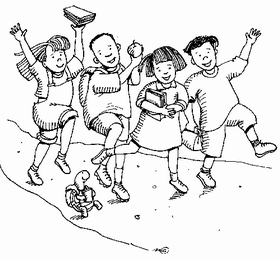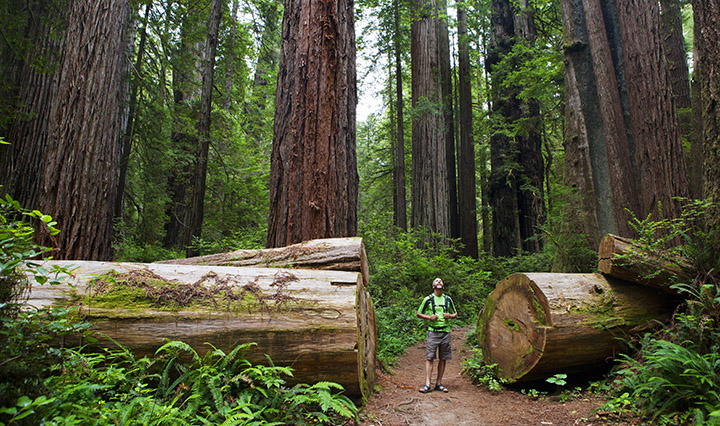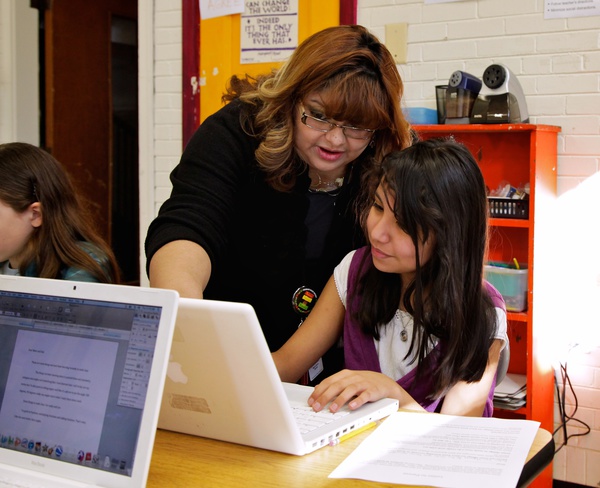
I have been looking forward to this week. In Week 5 of my Inquiry-Based Learning grad class, we discussed Web 2.0 tools. Technology is something I am very interested in, and I always try to learn as much as I can about technology and its potential impact on the classroom. I am beginning to see how an Inquiry-Based classroom utilizes Web 2.0 tools to move students towards their goals.
This week, we learned about the different categories of Web 2.0 tools. There are video tools, presentation tools, community tools, and mobile tools. Most of these options are self-explanatory, but creativity lies in the functions of these types of tools.

Video tools allow students to showcase their learning in a visual format. Making a video requires more skill than YouTubers make it seem. Large amounts of thought and preparation go into each video. Students begin to peek behind the curtain to see how online visual content is created.

(image courtesy of Discovery Education)
Presentation tools are related to video tools in that they are both visual elements. However, presentation tools can sometimes encompass video tools and will overlap very seamlessly when properly used.

Community tools are very exciting because these tools allow learning to extend beyond the classroom. Students begin connecting with other students in the shared pursuit of knowledge. The classroom is no longer defined by four walls, and students begin to find new understanding in ways they could not previously. Experts and community members are more accessible with Web 2.0 community tools, and students are more free to track down answers to their inquiry questions.

( Image courtesy of Discovery Education )
Mobile tools, the final category, is crucial in today’s world. Students have the ability to reach beyond the classroom, like I said before. Now, with mobile devices, the learning can happen any place and any time. Students can learn at their convenience, so to speak. Inspiration can strike at any time. With mobile devices, students are afforded freedom to catch that inspiration and guide their own instruction.
In closing, these tools greatly contribute to the inquiry-based learning classroom. They push the walls of the classroom in both time and space. These tools also bleed into the students’ personal lives. Most middle school and high school students have an internet-connected phone, can text, watch videos, and consume online content. These tools allow students to invite learning into their everyday lives as well as contribute content and share ideas across a vast information grid. Students truly become 21st Century learners, prepared to learn for the rest of their lives. I still have plenty of questions, mostly related to how this all looks in a classroom and how to get started, but I am interested and looking forward to learning more as we push towards the end.





















